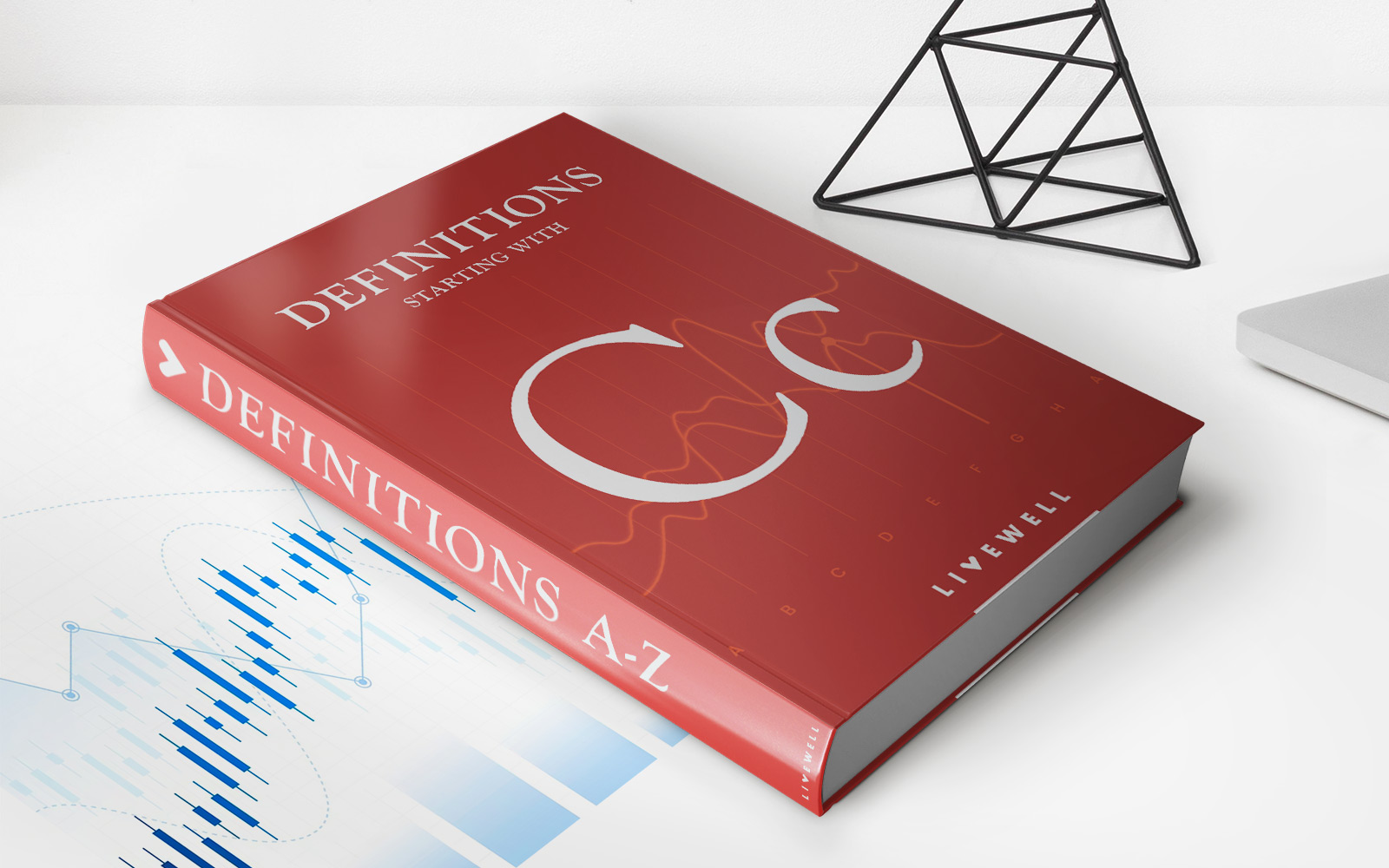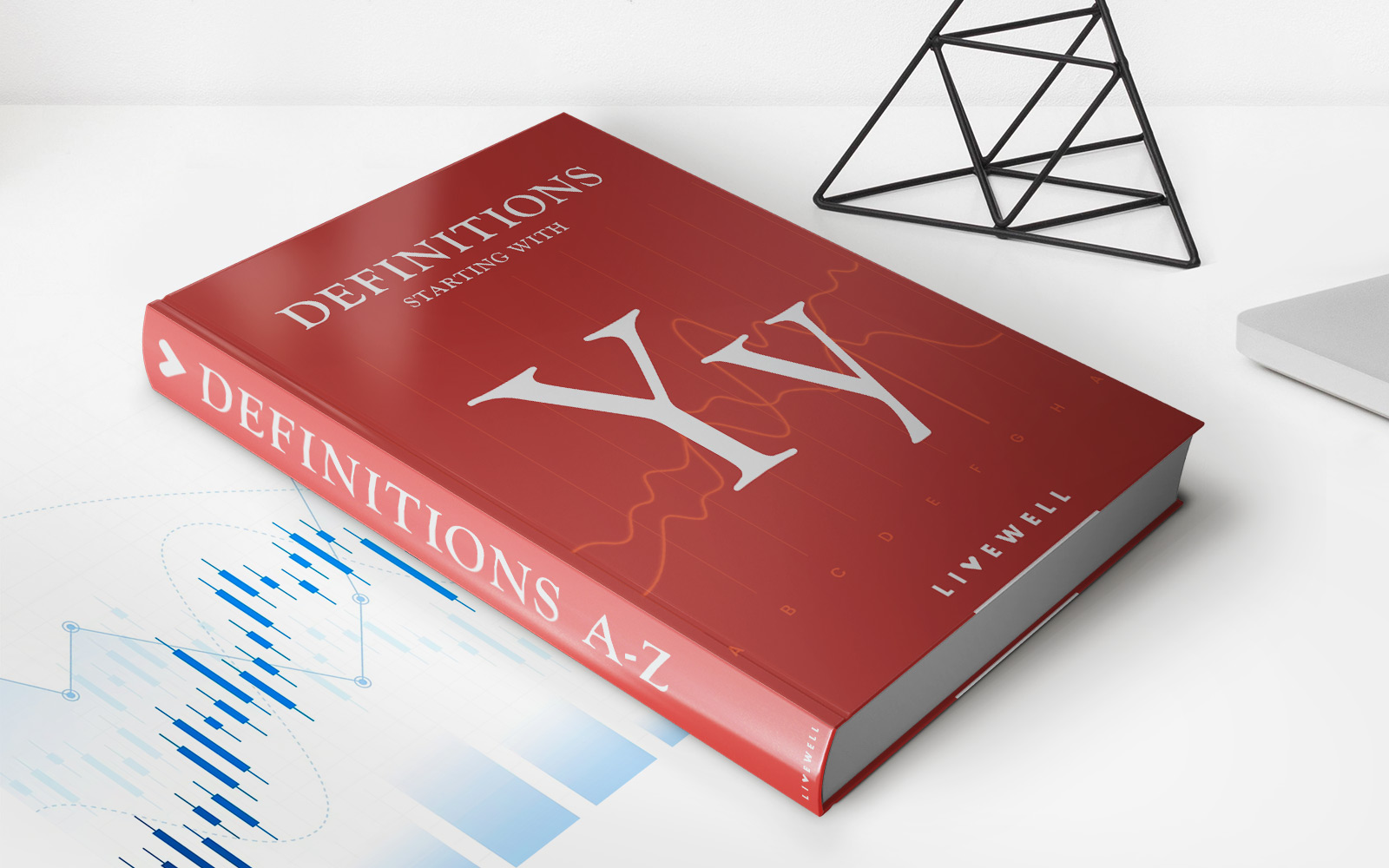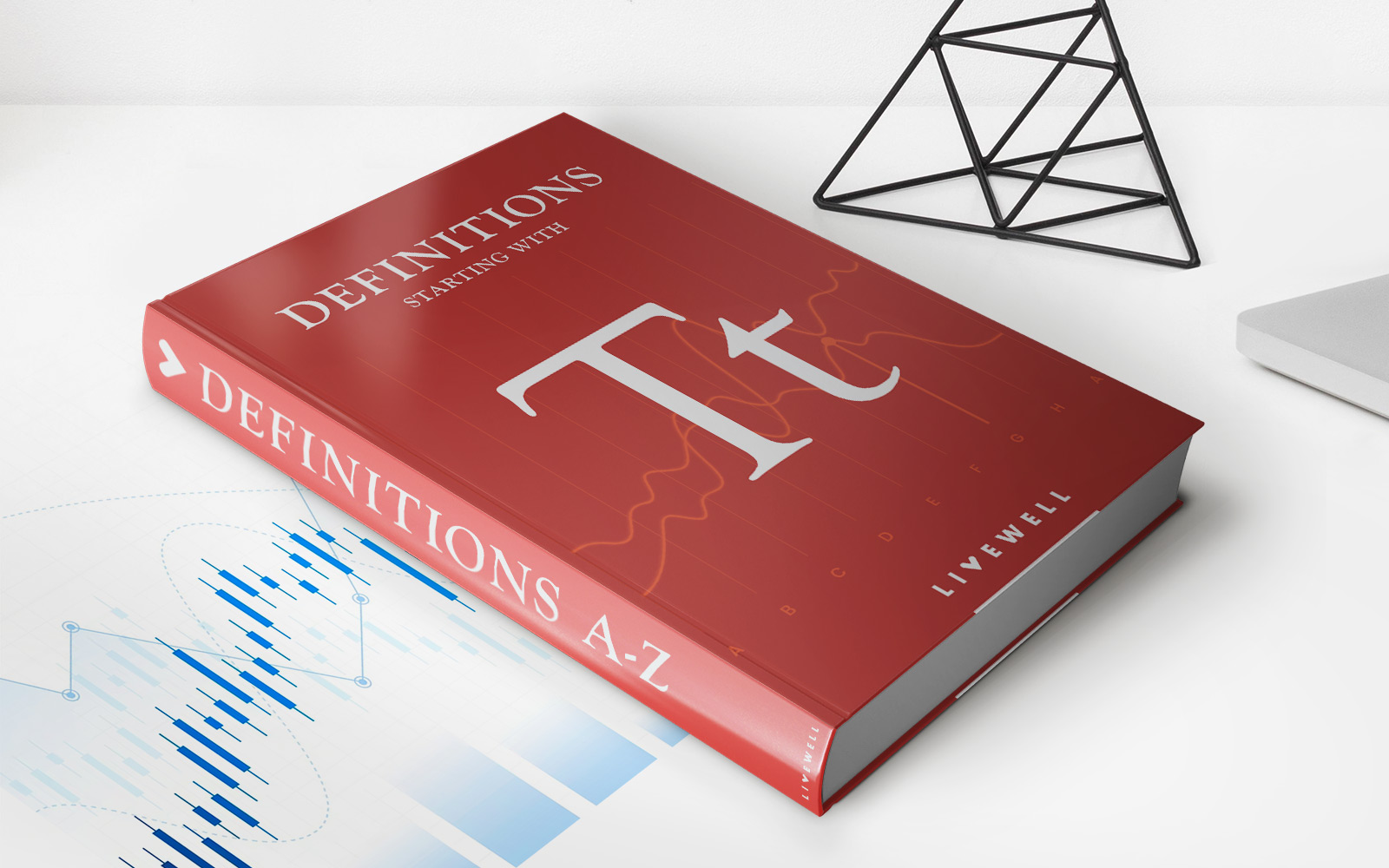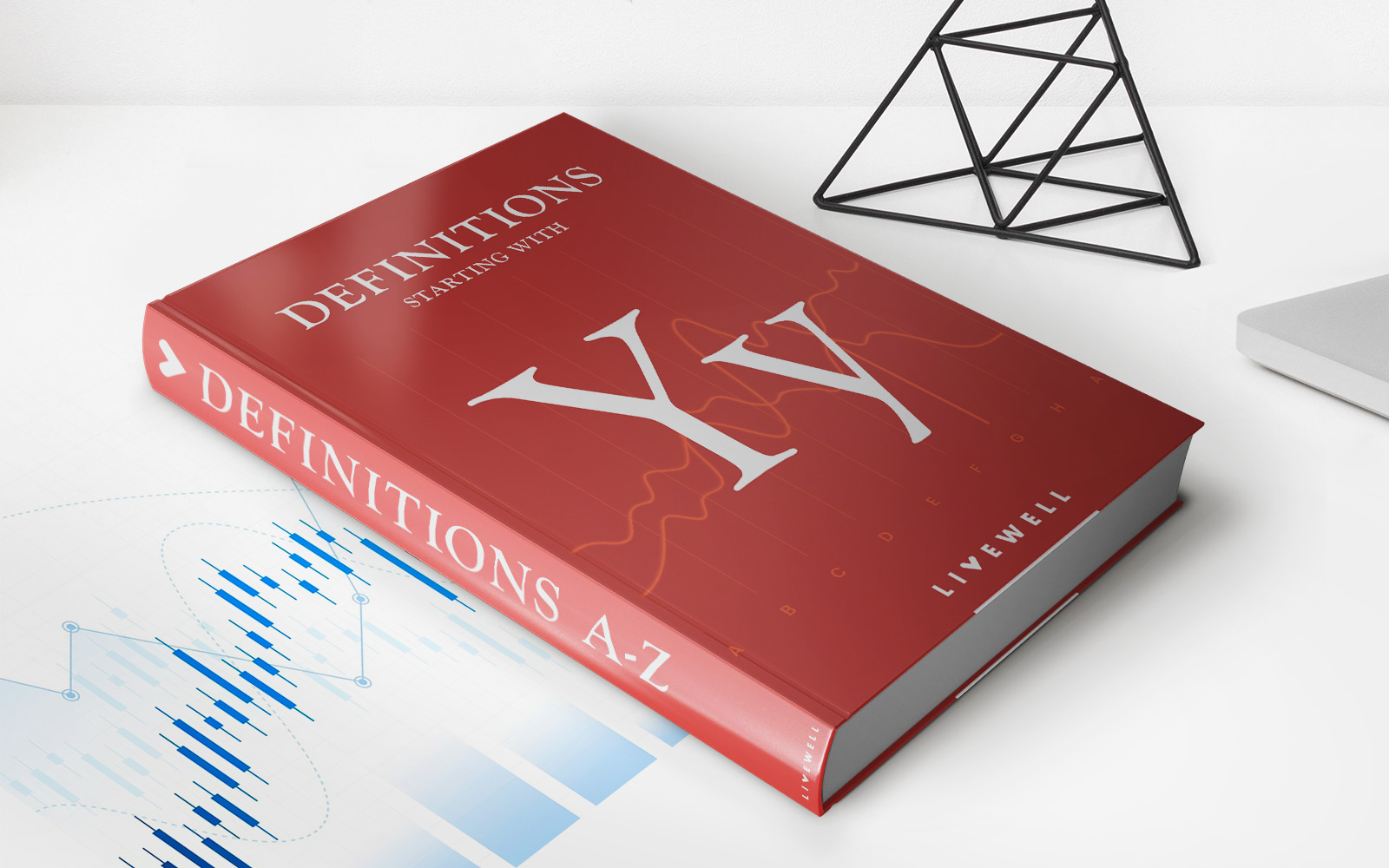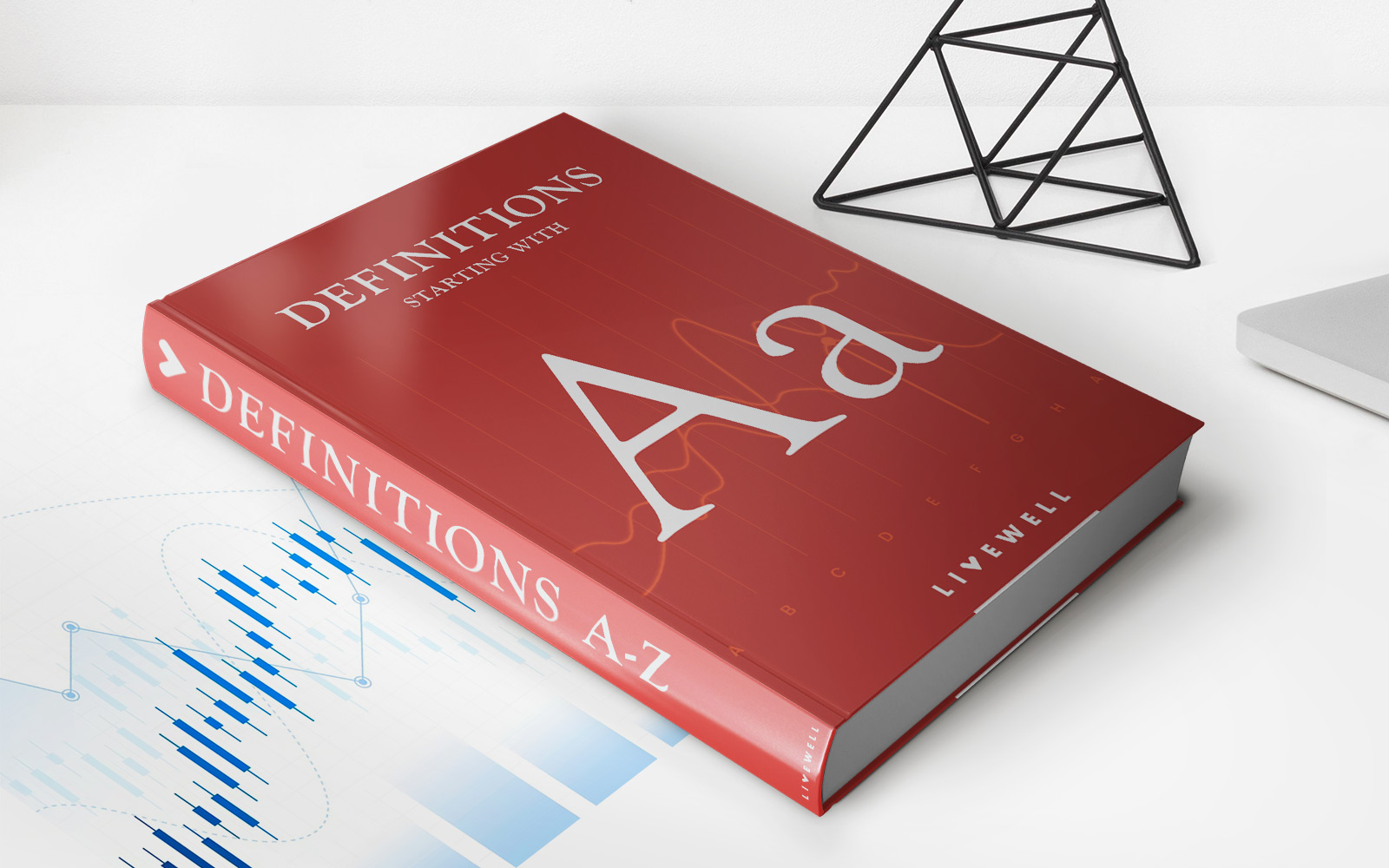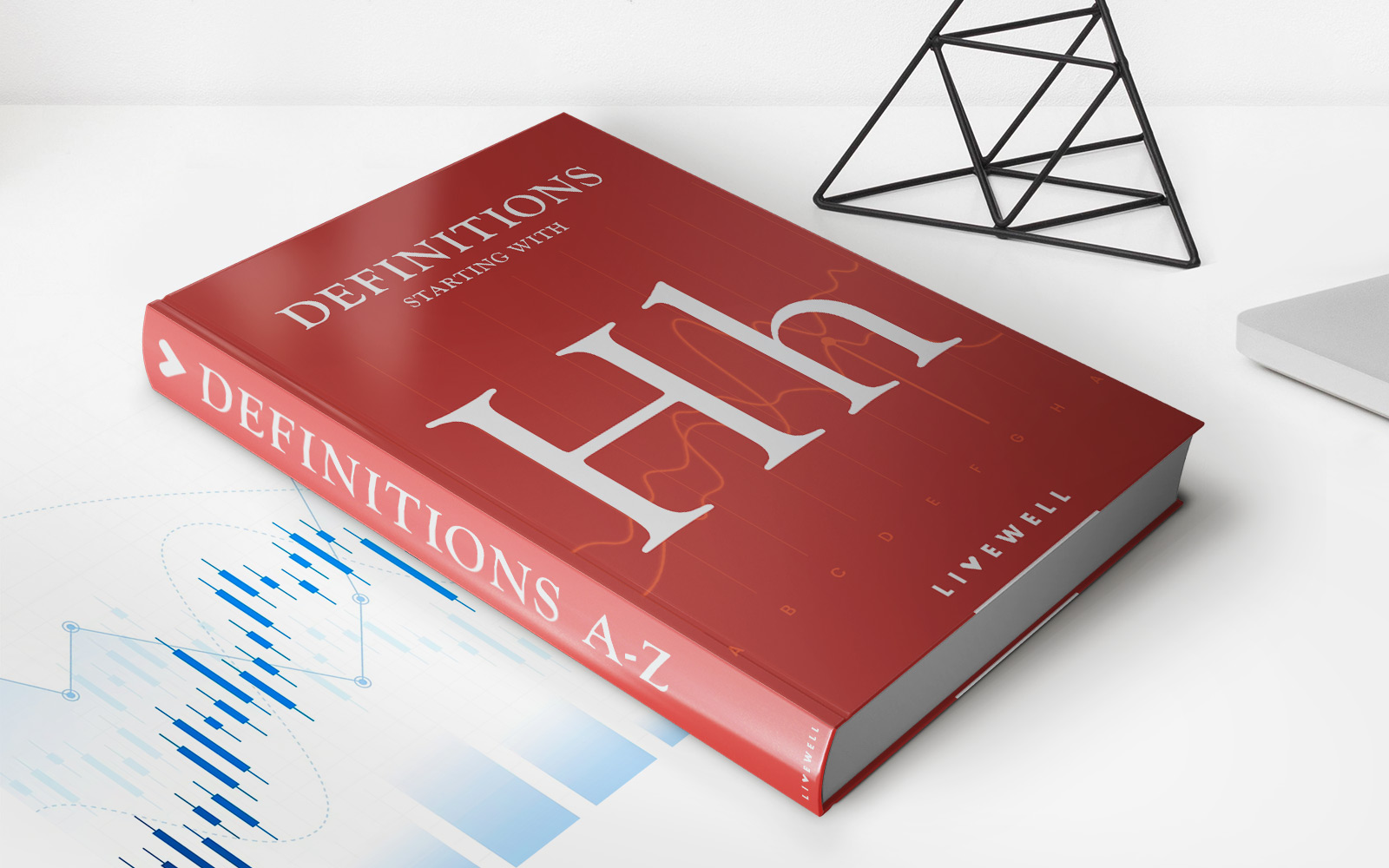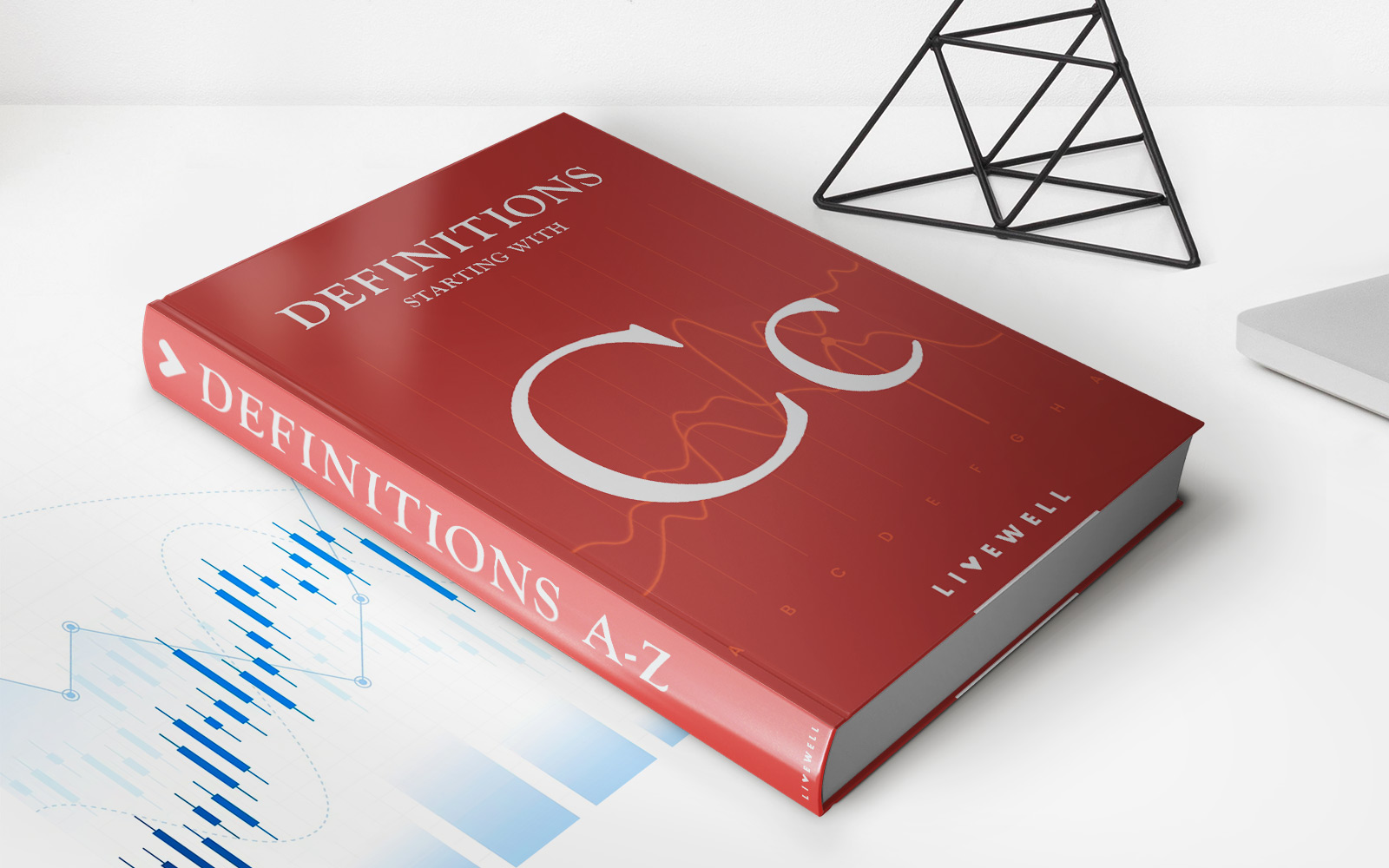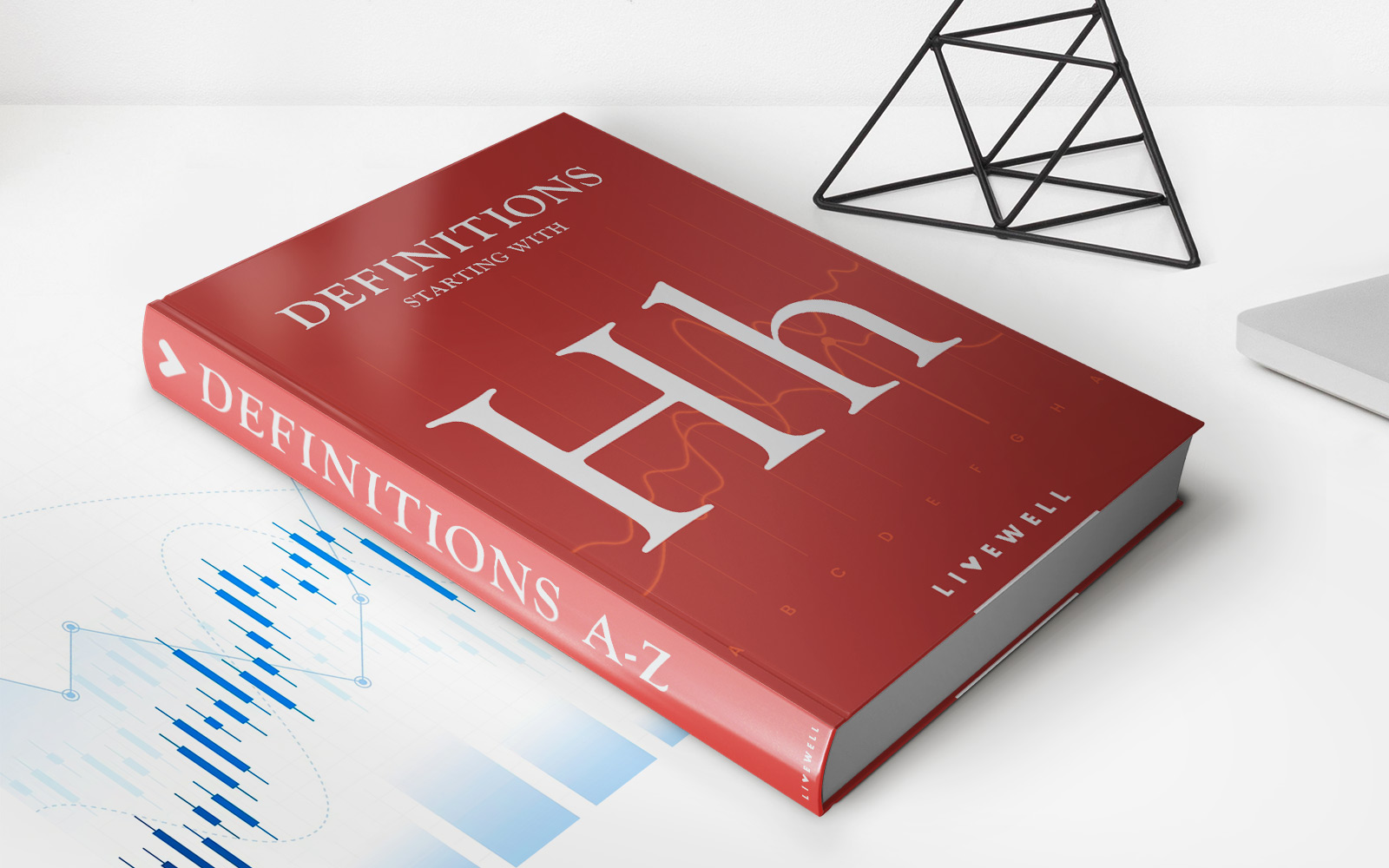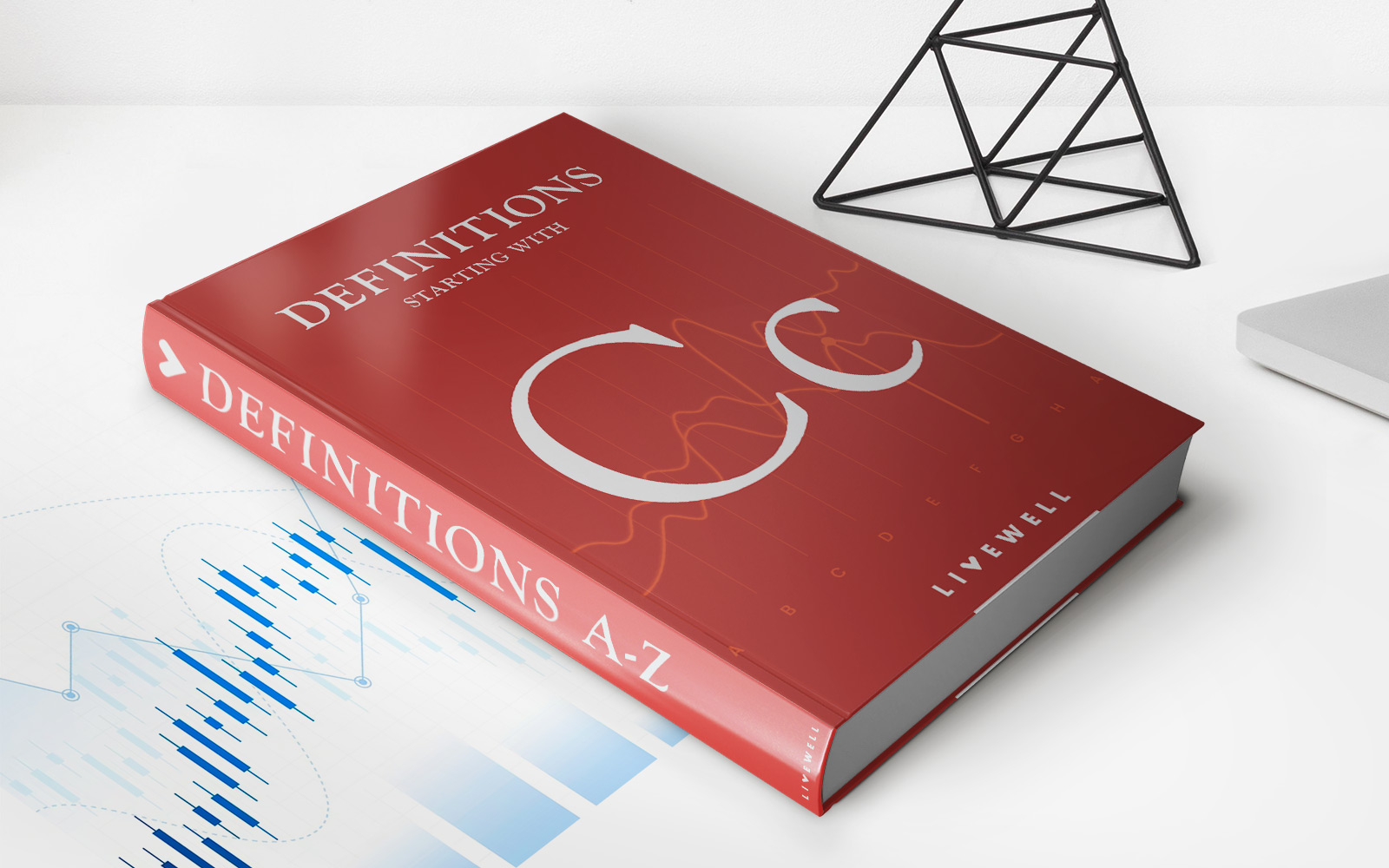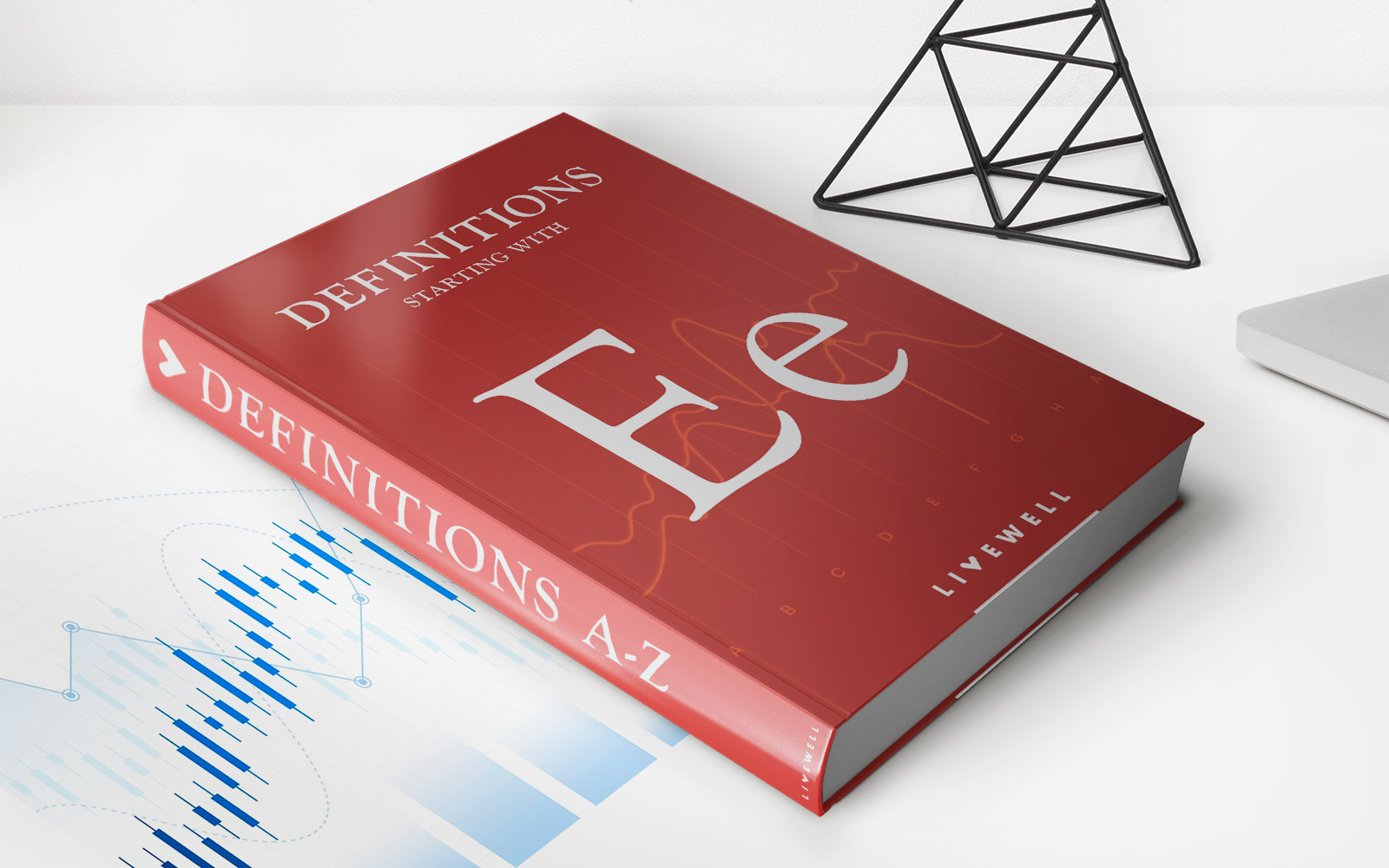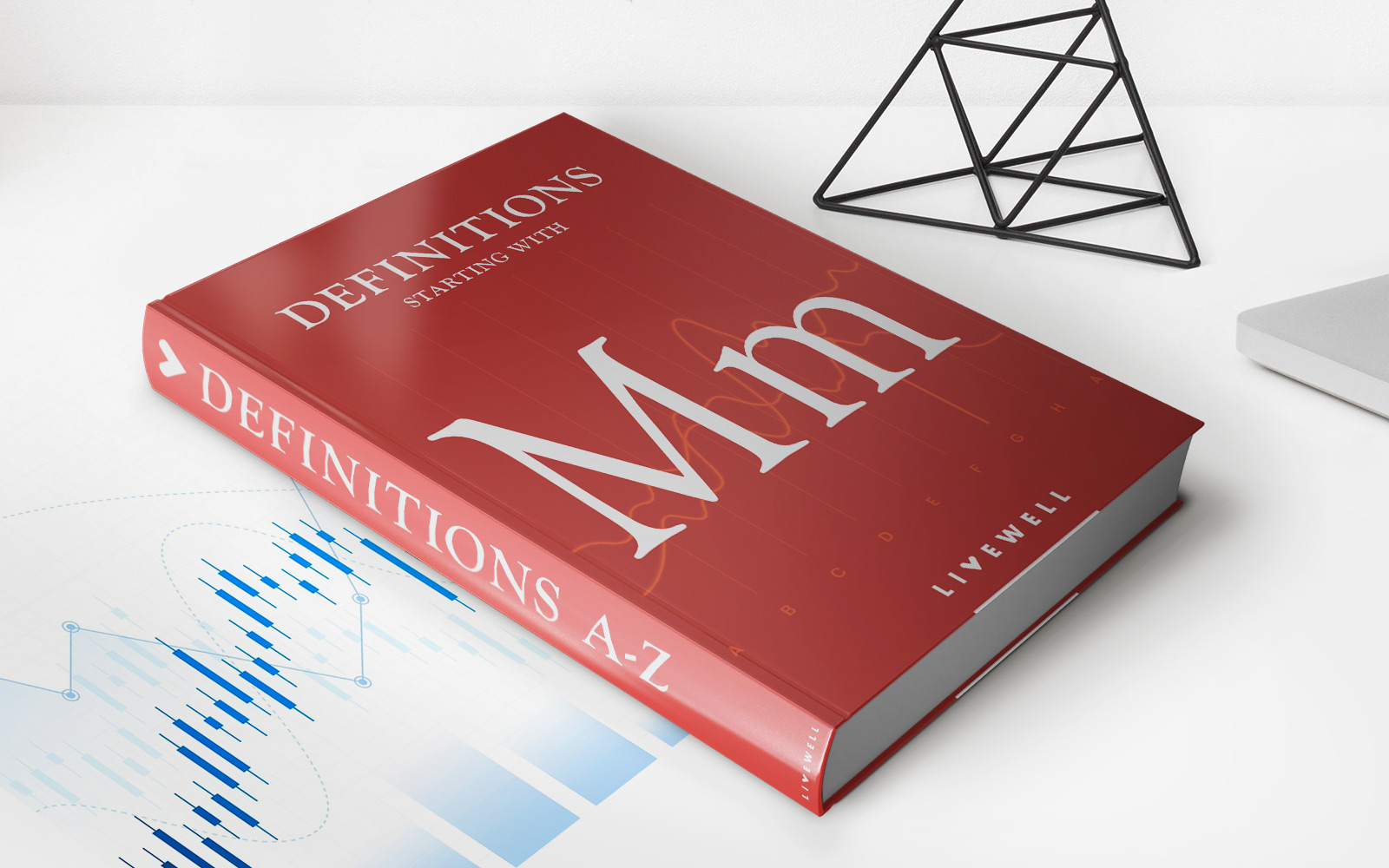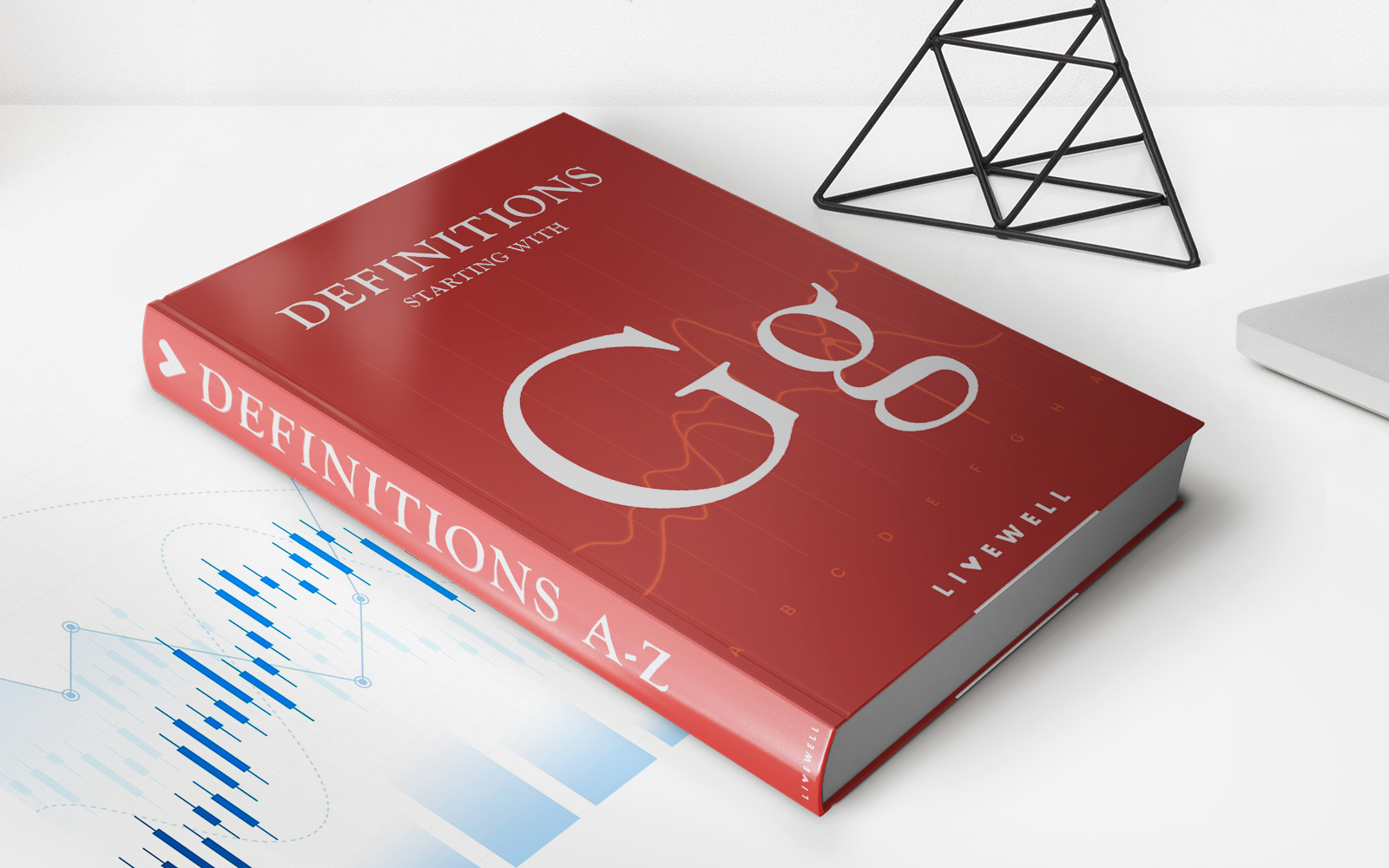Home>Finance>Bond Equivalent Yield (BEY): Definition, Formula, And Example
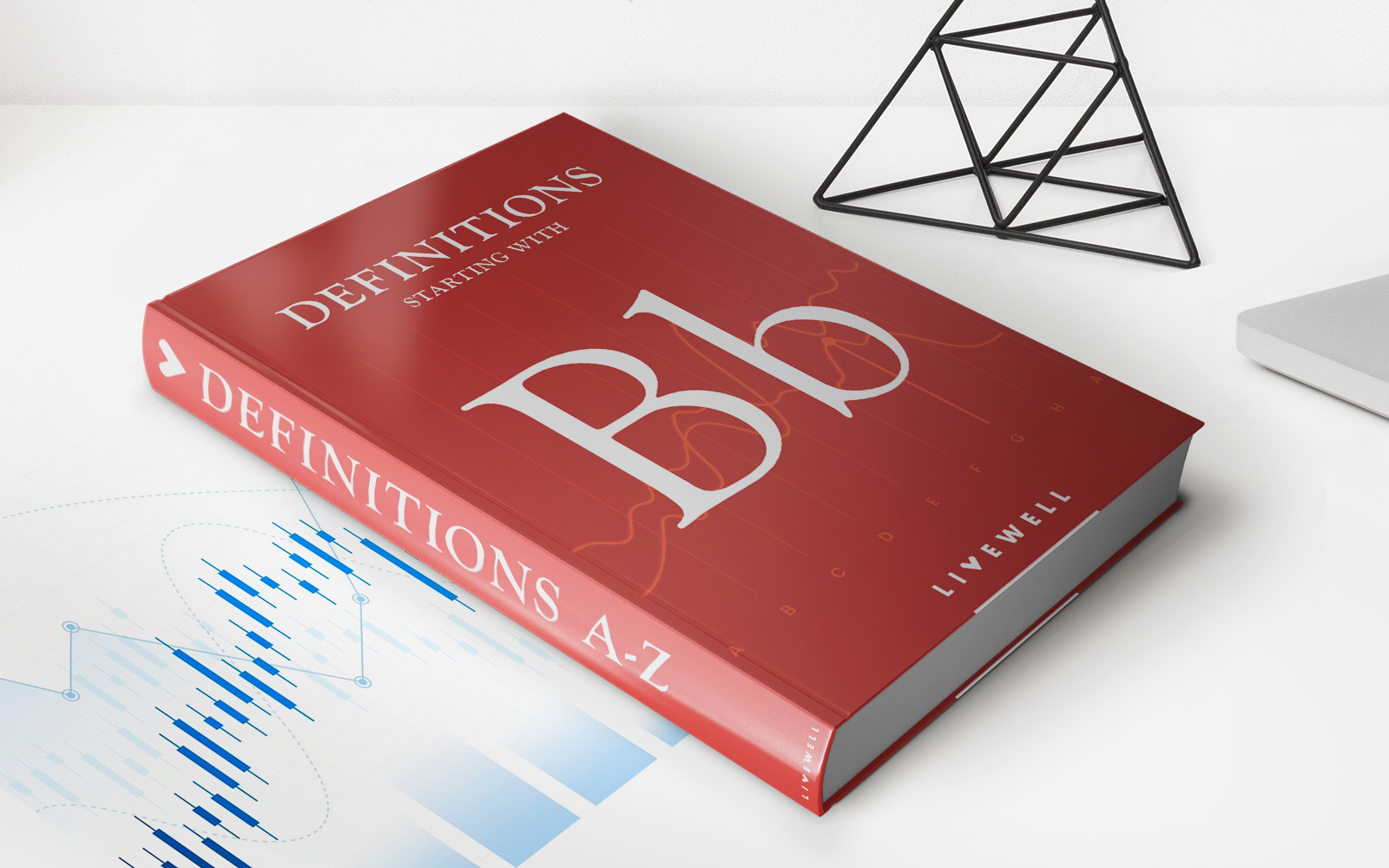

Finance
Bond Equivalent Yield (BEY): Definition, Formula, And Example
Published: October 17, 2023
Learn the definition, formula, and example of Bond Equivalent Yield (BEY) in finance. Understand how BEY is calculated and its importance in investment decisions.
(Many of the links in this article redirect to a specific reviewed product. Your purchase of these products through affiliate links helps to generate commission for LiveWell, at no extra cost. Learn more)
Bond Equivalent Yield (BEY): Calculating Returns on Bonds
Welcome to another informative blog post in the world of personal finance! Today, we’re going to delve into a topic that is crucial for anyone interested in bond investments – Bond Equivalent Yield (BEY).
Key Takeaways:
- Bond Equivalent Yield (BEY) is a measure used to calculate the annualized yield on a bond, allowing you to compare it with other investment options.
- BEY is important because it provides investors with a standardized method to evaluate the potential profitability of bond investments.
Investing in bonds can be a great way to diversify your investment portfolio and generate steady income. However, understanding how to calculate the potential returns on your bond investments is essential to make informed decisions. This is where Bond Equivalent Yield (BEY) comes into play.
Definition of Bond Equivalent Yield (BEY)
Bond Equivalent Yield (BEY) is a calculation that expresses the annualized yield on a bond as a percentage. It allows investors to compare bond returns with other investment options on an equal footing. BEY is particularly useful when comparing the yields of different fixed-income securities, even if they have different maturity periods. By annualizing the yield, it provides a standardized metric that simplifies the decision-making process.
The use of Bond Equivalent Yield (BEY) is primarily centered around Treasury bills, notes, and bonds. However, it can be utilized for corporate bonds and other fixed-income securities as well.
The Formula for Bond Equivalent Yield (BEY)
Now, let’s get into the nitty-gritty details of how to calculate Bond Equivalent Yield (BEY). The formula to calculate BEY is as follows:
BEY = (Discount/Settlement Price) × (360/Days to Maturity)
In this equation:
- Discount refers to the difference between the face value of the bond and its current market price.
- Settlement Price represents the market price at which the bond was bought or sold.
- Days to Maturity is the number of days remaining until the bond reaches its maturity date.
By plugging in the values for these variables, you will be able to calculate the Bond Equivalent Yield (BEY) for a particular bond.
An Example Calculation
Let’s consider an example to put this formula into practice:
Suppose you bought a 3-month Treasury bill with a face value of $10,000 at a discount of $150 and a settlement price of $9,850. The calculation would look like this:
BEY = ($150/$9,850) × (360/90) = 0.01522 × 4 = 0.06088
Therefore, the Bond Equivalent Yield (BEY) for this Treasury bill would be 6.09%.
This calculation allows you to compare the return on this Treasury bill with other investment options, enabling you to make informed decisions about your investment portfolio.
Final Thoughts
Bond Equivalent Yield (BEY) is a valuable tool for every bond investor. By using this formula, investors can confidently compare the returns on different fixed-income securities, allowing them to make informed decisions based on accurate and standardized metrics. Remember, understanding BEY is crucial for evaluating the potential profitability of your bond investments and ensuring you have a well-diversified and balanced portfolio.

